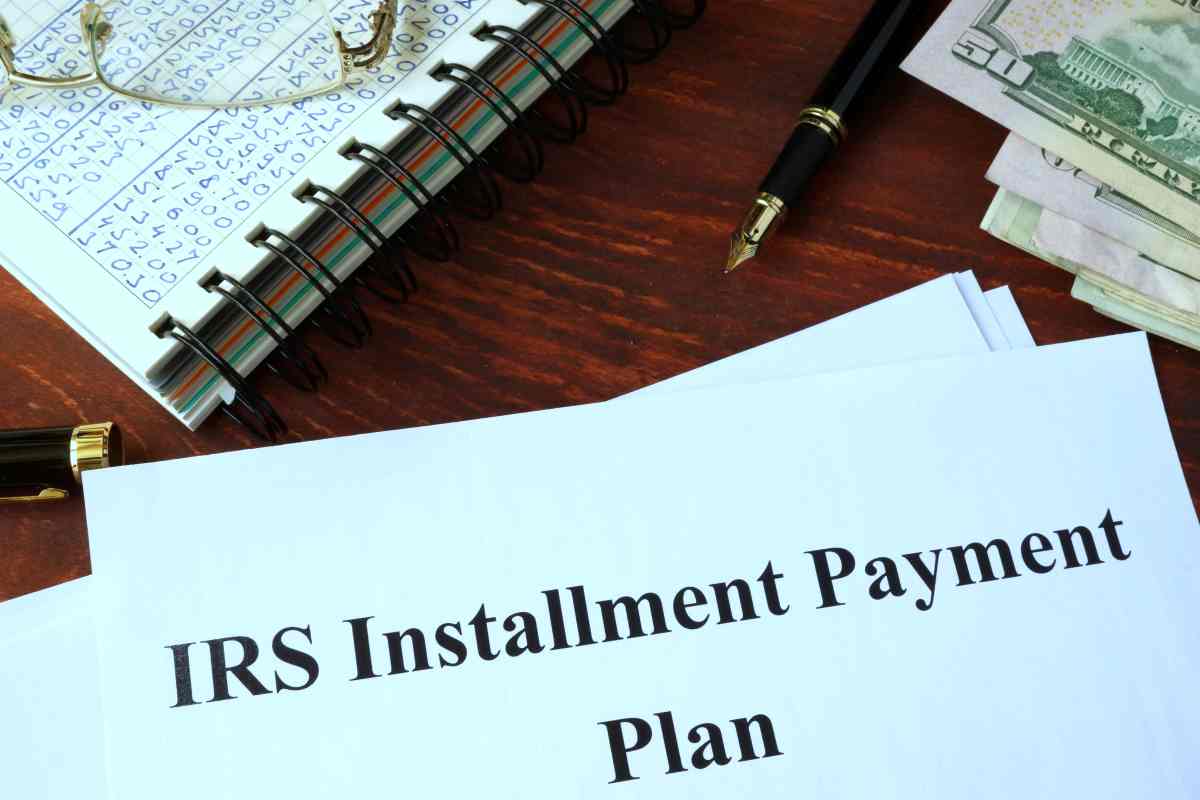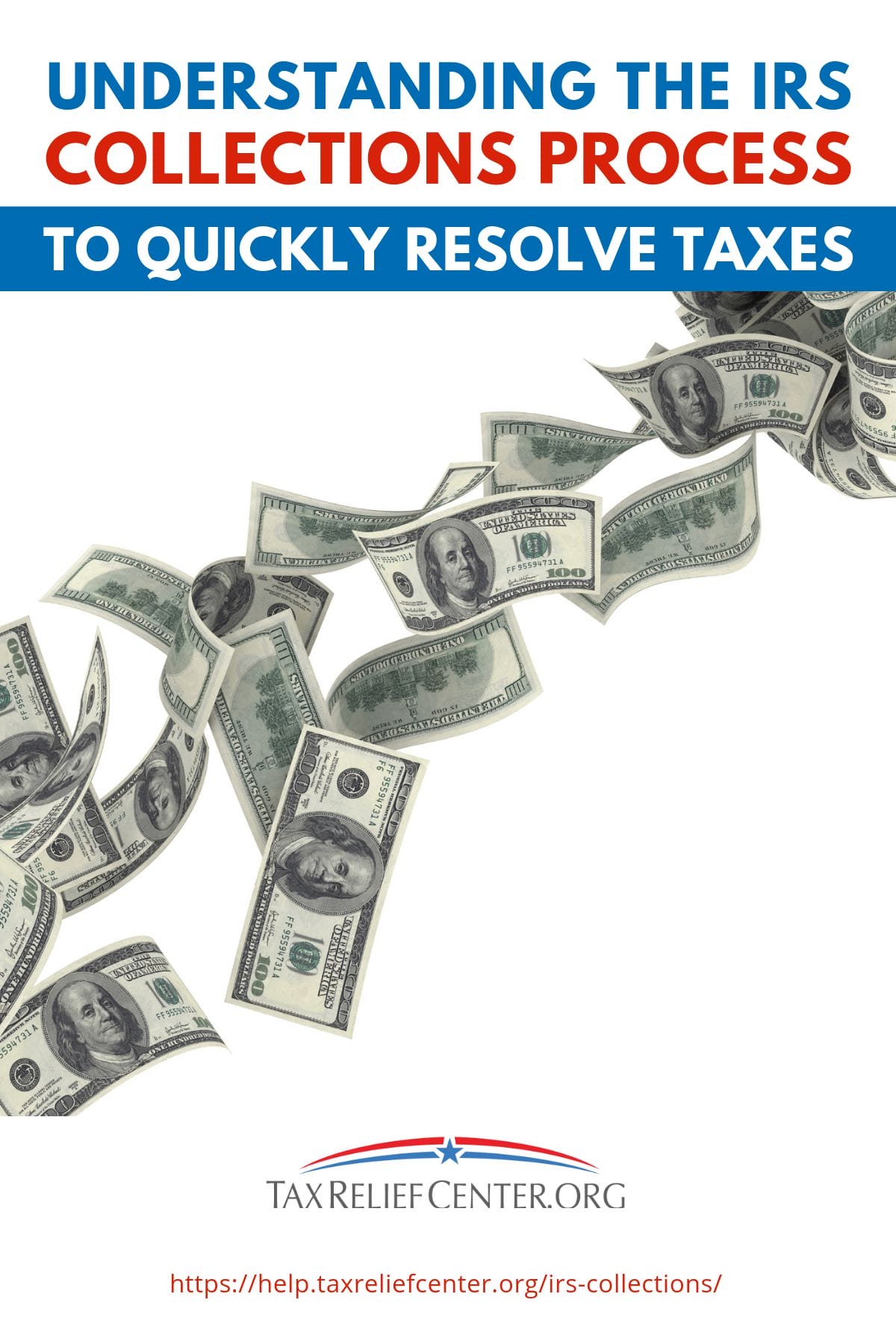Know and understand the IRS collections processes better to help resolve or avoid any tax issues.
In this article:
IRS Collections Processes
1. Substitute for Return Program
If you did not file a tax return, the IRS will be the one to file on your behalf through the Substitute for Return program.
In the Substitute for Return Program, the IRS will calculate your estimated tax debt in a Substitute Return form. This enables them to begin their collections efforts, even if you did not file for taxes.
The IRS will use any information they have at their disposal, such as income documents like Form W-2 and Form 1099.
They will send a Notice CP 2566 your way. This is an assessment letter stating the years you have not filed, along with an estimate of your tax liabilities.
You have 30 days from the date of the letter to make any of the following responses:
a. Mail back a signed and completed tax return
b. Mail back a signed and dated Consent to Assessment and Collection form
c. Send back a letter containing the explanation why you are not required to file taxes
If you do not respond within the given 30-day period, the IRS will assume that its tax liabilities estimate is correct. They will then send a Notice of Deficiency or the Letter 3219-B, and you will now have 90 days to sign and send back any aforementioned responses.
Although, the IRS will not be responsible for including all applicable tax deductions and credits to your tax return. That and the IRS estimates may be higher than what you really owe.
There is also a statute of limitations for any tax refunds. The limit is 3 years.
This means you cannot ask for a tax refund regarding the tax returns you filed more than 3 years ago.
The paperwork may also take up to several months. During that period, the IRS will stop any collection process while reviewing your documents.
If you do not agree with the IRS estimates, you can file for an amended tax return. You may also dispute the IRS’ assessment in court.
2. Tax Due Bill

The tax due bill marks the beginning of the actual IRS collections process and may end in confiscation or sales of your assets.
The IRS considers you a delinquent taxpayer if you still have unpaid taxes until the deadline of the tax return filing. Such unpaid taxes trigger the IRS’ collection efforts.
The IRS will send the tax due bill via mail. This will contain the following information:
a. Tax balance due
b. Applicable penalties and interest accrued
c. Explanation of how you incurred the debt
d. Deadline of payment
e. Other necessary information
The IRS will also ask for the interests accrued. The IRS will base the amount of accrued interest on the unpaid taxes from the last tax return, up to the date of full payment.
After sending you an initial bill, the IRS will send at least two more tax due bills.
Remember that these subsequent bills will still contain accrued interests. The interests will go higher and higher until you make a payment.
If you do not respond after the subsequent tax bills, the IRS will officially begin its collection efforts.
3. Federal Tax Lien
If the IRS still does not receive payments within 10 days after it sends tax due notices, it can now resort to a federal tax lien, by the issuance of Letter 3172 or the Notice of Federal Tax Lien and Right to a Hearing.
A federal tax lien refers to the government’s legal claim on a taxpayer’s assets, in the event that the taxpayer cannot pay. The IRS imposes this if the taxpayer neglects the Notice and Demand for Payment sent by the IRS.
The lien will appear in public records until the taxpayer pays the tax debt in full.
The option for filing a guaranteed agreement is available for taxpayers owing less than $10,000. Meanwhile, a streamlined agreement is available for taxpayers with backlogs between $10,000 to $25,000.
The IRS collection process may resort to imposing a tax lien to protect the government’s interest in acquiring the back taxes.
To lessen the effect of the lien, you may opt to do any of the following:
a. Pay the IRS in cash
b. Sell the property and use the proceeds to pay the debt
c. Enter a subordination of loan agreement with the IRS
d. File for withdrawal
A lien may affect your properties in different ways. It will be attached to all of your assets, both old and new, for the duration of the lien.
A lien will give you a hard time acquiring credit. It will also still be present even if you file for bankruptcy.
4. Tax Levy

Another option that the IRS can take when you show signs of delinquency is a tax levy.
In contrast to a tax lien, a federal tax levy refers to the actual legal seizure of the taxpayer’s assets to pay off a tax debt. These assets include different types of properties such as cars, real estate, wage garnishment, and cash in the bank.
The IRS collections process may lead to a tax levy if the taxpayer neglected both the Notice and Final Demand for Payment and the Final Notice of Intent to Levy and Notice of Your Right to a Hearing.
It will send a Notice of Levy at least 30 days before issuance of the levy, to give allowance for any responses.
To stop the tax levy, the taxpayer may do any of the following:
a. Request for a Collection Due Process Hearing
b. Declare financial hardship
c. Request for a monthly repayment plan
5. Bill Adjustments
As a taxpayer, you can still show due diligence despite having difficulties in resolving tax debts.
If you do not agree with the information stated in the tax due bill, you can coordinate with the IRS. You can call the number on the bill or visit the local IRS office near you.
Make sure to bring the tax due bill, along with other supporting documents such as:
a. Previous tax returns
b. Cancelled checks, in case of a bank-related payment problem
c. Other necessary records
If you can convince the IRS with your claim, then it can adjust your tax due bill and send you a revised one.
If you are facing bankruptcy, then you have to notify the IRS as soon as possible. Call the number indicated on the bill or call the IRS hotline: 1-800-973-0424.
Give them the following information:
a. Bankruptcy filing date and reason
b. Bankruptcy chapter and number
c. Court location
RELATED: Things NOT To Say To The IRS If You Owe Back Taxes
IRS Modes of Payment Collections
On the other hand, if you are already prepared to pay your tax debt in full, then the IRS collection process can end with a good outcome.
The following are the different modes of payment the IRS utilizes to collect taxes:
1. IRS Collections in Cash
One of the most common and simplest ways the IRS receives taxes is through cash payments.
Taxpayers who wish to pay in full through cash have various options. They can either opt to pay via PayNearMe, by mail, or by visiting a local IRS office.
PayNearMe is an electronic payment platform that supports different types of payments. Banks, businesses, and some government agencies use this platform to receive payments from people.
With PayNearMe, each transaction usually takes two business days before it gets posted in the user’s account. There is a processing fee per transaction and a daily payment limit of $1,000.
2. IRS Direct Pay
This is an online facility where you can pay taxes directly from a checking or savings accounts and receive instant confirmation of payment. The IRS Direct Pay does not require any fees or pre-registration requests.
3. Debit or Credit Card

On the other hand, the IRS can also receive tax payments through authorized payment processors.
The IRS makes use of standard service providers and accredited networks that are solely used for tax payment processing.
It will only use the information you put in for payment purposes. Any information given will be strictly confidential.
Although payment processors charge processing fees, the fees vary per service provider and may be tax deductible.
4. IRS2Go
The IRS2GO is a mobile app, which enables anyone to pay taxes anytime, anywhere. It can give you instant access to the IRS Direct Pay facility.
Through this app, you can make payments directly linked to your savings or checking account. You may also link your debit or credit cards to make payments, subject to a processing fee.
You may download the IRS2Go mobile app from the Apple App Store, Google Play Store, or Amazon Appstore.
5. Electronic Federal Tax Payment System (EFTPS)
The EFTPS is a highly secure government website that enables electronic federal tax payments. The website makes use of the EFTPS Voice Response System.
The EFTPS may be the best option for individual or business taxpayers about to make large payments, anytime and anywhere. Its website has numerous functions, such as advanced scheduling of tax payments up to 365 days prior to the deadline.
Taxpayers who wish to pay via EFTPS are required to have 128-bit encryption. To ensure security, users will only be able to access the website through a three-way authentication process.
To enroll, you can visit the EFTPS website, or call the EFTPS hotline at 800-555-4477.
6. IRS Installment Collections

Another part of the IRS collections process is evaluating the taxpayer’s capability to pay. If taxpayers cannot pay in full, they may also coordinate with the IRS regarding different installment payment plans.
You can ask for an Installment Agreement or Offer in Compromise in the Fresh Start Program. These payment plans allow you to pay your taxes in increments over time or to pay less than what you owe, or both.
It’s important to stay on top of your payments for future taxes. This means making your estimated tax payments, withholding payments, or federal tax deposits as required by law.
An installment agreement is a program that allows taxpayers to pay off their debt through installments. Agreements would depend on the amount of tax debt and the capacity of the taxpayer to pay.
One example is the Individual Installment Agreement, which permits taxpayers with a debt of up to $50,000 to pay in monthly installments. To apply, you can visit the IRS website and fill out the form online.
Another option is to apply for an Offer in Compromise. This is a type of agreement between the IRS and the taxpayer to allow the taxpayer to settle tax debts at a lesser amount.
The IRS has a variety of tax collection methods to help taxpayers resolve their tax liabilities. The whole process may end in a tax levy or tax lien but it can also end well especially with the different modes of payments available.
The IRS collection may sometimes be pretty strict but as long as you show due diligence in settling your taxes, the whole collection process may be easier.
Which tax payment method do you always use? Share your thoughts below.
Up Next: Tax Penalty Abatement | What Is It And How To Do It


